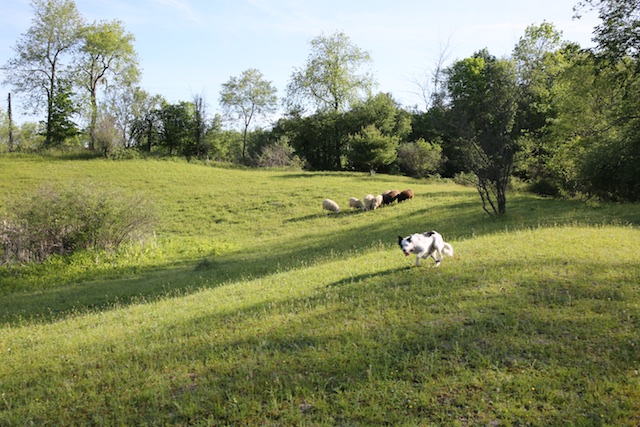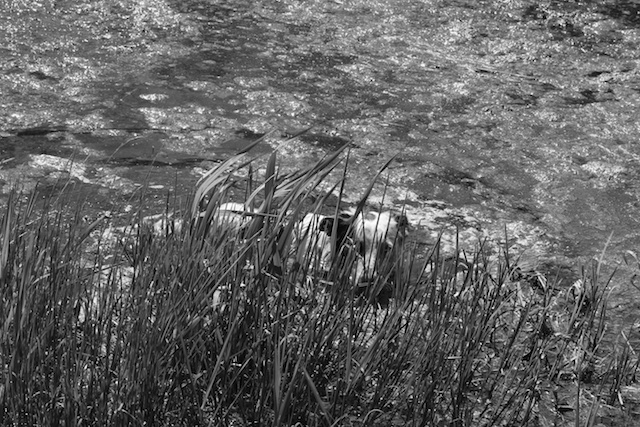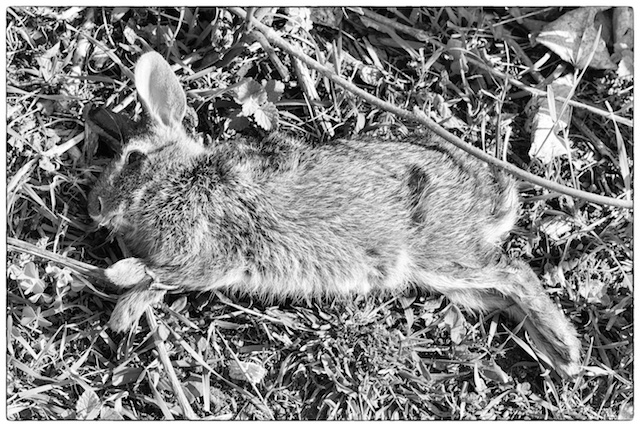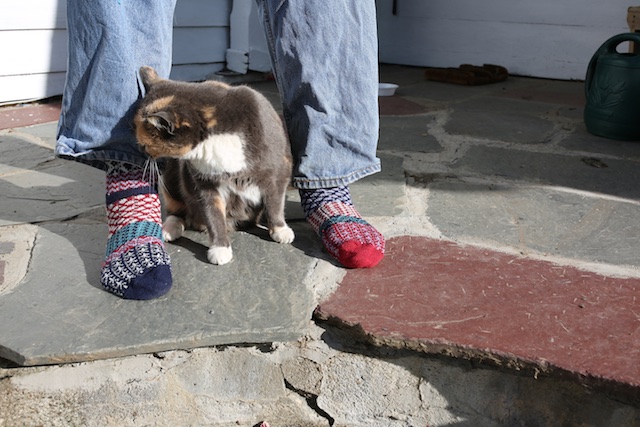
Are we open-minded enough to assume that dogs and other species have a mental life?
Are we creative enough to investigate this without emotionalizing them and patronizing them? Or projecting our many neuroses onto them? Can we separate the different roles – attention, motivation, cognition, social environment and instincts – play in our understanding of the intelligence of animals like dogs?
And can we respect animals for the extraordinary beings they are, rather than for the furbabies and surrogate children we seem to want and need them to be?
In a sense, many of us are exploiting dogs, using them to fill the gaping holes in the emotional lives and communities of distracted, stressed and disconnected Americans. We don’t bother to understand them so long as we are getting what we need.
We make them what we need them to be, and they in return, use their enormous gifts and instincts to become what we need them to become. In that way, they become one of the very few animal species to manipulate us into caring for them and helping them to survive. Very few animals can do that, or have done it.
If we need no other evidence of the remarkable intelligence of dogs, ask how many other animals get human names, sleep in our bed and have spawned a $40 billion industry to provide them with the best food and care of any animals on the earth? Raccoons and squirrels have not adapted in this way, we know them mostly as pests and roadkill.
We spent $2,000 to amputate the leg of an injured barn cat, Red gets new medicines, massage and laser treatments for his sore leg. Very few humans in this world have access to that kind of medical care.
If you ask almost any dog owner if their dogs have a soul, they will almost instantly say yes. If you ask the vast majority of dog owners with behavioral problems if they think their dogs were abused, most will instantly say yes. Of course, we need our animals to be abused so that we can care for them and be needed and justify our great love for them.
If you ask most dog lovers if their dogs are smart, they will immediately answer, of course. When people talk about their dogs, it is almost as if they go into a trance, they slip into a narcissistic fog, telling story after story whether anyone wants to hear it or not.
If you ask them if dogs have human emotions like ours, almost all of them will say, of course they do, as if it were an immutable truth beyond thought or discussion.
We love our dogs, very few of us have any real perspective about them. To understand them and grasp their intelligence, we have to first collect ourselves, find some perspective, and learn to listen and watch. We have to be able to say “I don’t know,” and “I am not certain.” I have met very few dog owners who can say that.
Humility and active listening are not the strongest human traits.
This is what makes it so tricky to explore the mental life of dogs, there is so much emotionalizing and anthropomorphic projection to wade through, it is rarely possible to even have a conversation about it, let alone reach anything like a consensus.
I’m reading a new and compelling book by Frans DeWaal titled “Are We Smart Enough To Know How Smart Animals Are?,” and the book is helping me think about it in a new and perhaps more grounded way.
My border collie Fate is the smartest animal I have yet owned or lived with. Red is plenty smart, but he is steady and consistent. He masters what he needs to know, he is not curious about learning more. He does not change, one of the reasons I love him so much and why he makes such a great working and therapy dog. He is very different from Fate. She seeks problems and solves them.
I have seen a mental state develop in Fate, I have seen her make decisions, anticipate behavior, change her mind, adapt intuitively to new circumstances. I have learned to communicate with Fate in a new and remarkable way for me.
With Fate I am learning to communicate my wishes – a kind of reverse visualization – rather than teach commands. She is doing the same with me. A few months ago, Fate managed to convey to me that she could not move the sheep the way Red did, and didn’t really care to. In her own way, she told me I am not Red.
I spent weeks trying to train Fate not to snatch food from the kitchen counter, and she looked at me as if I had fallen out of the sky. I set traps for her, hid in another room, barked commands. One day I put some food on the counter and I looked at her and took a deep breath and pointed to the food and said “no. Do not touch food here, Fate.”
And she has never looked at food on the counter or touched it, not for a month. I do not claim that Fate knew what I said, but I could see that she understood what I meant. She read my body language and tone of voice and connected it to the food. All I had to do was ask, but I had to do it in a calm and deliberative and clear way. I had to grasp how she received and processed information.
I see that Fate shows great enthusiasm and makes choices about which sheep to approach and which to ignore.
I have seen her hide her toys in various corners and under sofas or buried in holes and retrieve them weeks or months later. I have begun taking her places that are challenging. I took her to the hardware store, and she rushed to the cash register and collected a biscuit, then set out to find Maria or me browsing in the shelves, then back to the counter for another biscuit to wait for us.
I brought her into the Round House Cafe, fearful she would jump on someone or look for the food that smelled so good. She explored the perimeters of the room went into the kitchen to see Scott Carrino, sat down for a piece of bread and left as soon as we called out to her.
She was never on a leash, failed to respond, disturbed a customer, or went into the street without permission. And she had never set food in a restaurant. This is a dog who must be given opportunities to learn and grow, to succeed. Whether she intimidates sheep or not is not important.
When Maria goes to her studio in the morning, Fate is waiting at the door for her. She shows great enthusiasm, and lately, has been reading moods, coming to nuzzle Maria or me if we are sad or upset.
She knows if we are heading for the pasture or the car and is waiting for us in either place. We asked her to let Red jump into the car first, I held up a finger and asked her to “wait,” and now, she sits down until Red is in the car. I understand that many dogs do some or all of these things, I am not bragging about her or making claims for what she is doing.
But reading De Waal’s book, and having worked for years on my own “Talking To Animals” book, I am exploring the idea of animal consciousness. What do they see? Do they know themselves as individual creatures, do they know who or what they are seeing in the mirror? Or have they just been so domesticated and adapted so skillfully that they have simply learned how to live with us and manipulate us into giving them food and shelter and the best care any animals in the world have ever received, even as we obsess on how abused and in need of rescue they are.
I learned long ago in my life with dogs that we are the ones in need of rescue, we are often abused in our lives, and perhaps we have become dependent on them to provide unconditional love, companionship, and a projected kind of friendship and trust we can rarely find in humans.
Do dogs have consciousness, a sense of past, present and future?
“We ourselves consciously reflect on the past and the future,” writes DeWaal, “so it was perhaps unavoidable that whether animals do or don’t would become a battleground. Isn’t consciousness what sets us apart? Some claim that we are the only ones to actively recall the past and imagine the future, but others have been busy gathering evidence to the contrary.”
Much progress has been made by researchers, says DeWaal, in understanding how animals relate to the time dimension.
DeWaal writes about a new noninvasive neuroscience of animal cognition and emotion, the threshold of a new era in gauging the intelligence and emotional complexity of dogs and other animals. Whenever I train or study Fate, I remind myself that she does not have my language, she does not know all of my words, she does not have all of my emotions, not in the way I have them.
She understands her world in a complex way, sounds, smells, images, genetic memory and environment. She takes in a thousand things I do not hear, see or understand, her consciousness is a swirling kaleidoscope of pictures and sensory perceptions. I am one of them. If I can begin to see me the way she sees me, I can begin to understand her and communicate with her. It is hard work.
People are always telling me what their dogs think and feel, what their deepest thoughts and feelings are. I always think the same thing. You have no idea, you don’t know. This is what you need your dog to think, not what she thinks. But I would have few friends if I said what I thought. As Henry Beston wrote, and I believe, we need a new and wiser and more mystical understanding of animals.
Dogs are not smart or emotional in the context of human beings, we have to let go of that idea in order to understand the truth about them. And that is a very difficult thing for dog lovers to let go of.
But there are similarities, a growing number. Researchers have found for example, that food activates the caudate nucleus in the canine brain in the same way that it does in the brain of a businessman anticipating a monetary bonus.
Tests show that similar cognitive processes in humans and dogs engage similar brain areas.
This was never possible to measure before. I have found that Fate achieves a recognizably human kind of cognition when she thinks she is about to go to work with sheep. Anything seems possible then in terms of communication and training, she is so intense and alert and receptive. She will do almost anything to get to her work, including listen very carefully to me. She is enthusiastic, an emotion very few animals on the earth are believed to possess.
At such moments, if I stop, collect my thoughts, think and speak clearly, she will use her consciousness and remarkable instinctive gifts to intuit what I am saying – stop, stay, wait here, don’t go near the road get in the car, leave the store, get back from the fence, stay away from the chicken droppings. I’ve demonstrated this in front of a number of people, who are amazed, once they pay attention and look and listen closely.
Red does this as well, but he is locked into his work with sheep, which he has been doing all of his life, and also his therapy work, which connects him to humans in some powerful way. But I have not observed the same ability to communicate and learn in so dramatic a way.
Fate is an unusual dog, I see every day she is developing a consciousness, a wisdom and a gift for fitting into our lives, an enthusiasm for her life. I often find myself talking to her rather than training here. Maria asked her not to step on her quilts, and Fate instantly grasped that this fabric was important to her, and she steps around it.
This is exciting stuff for me, I plan to pursue it thoughtfully and write about it.
I intend to share this exploration here, to have a discussion about the intelligence of our dogs. How smart are they? What does intelligence really mean for them? Do they possess a consciousness and can they affect change in their lives. Come along if you wish.



